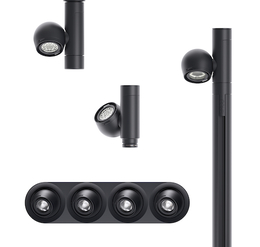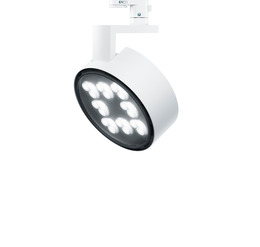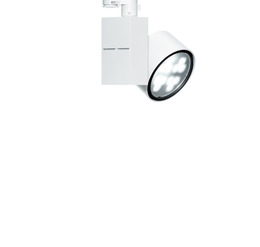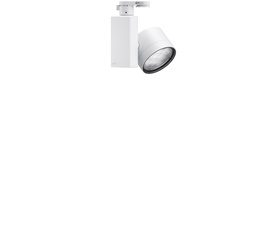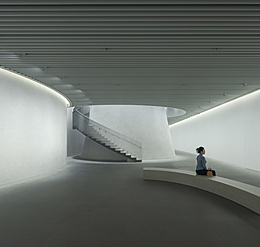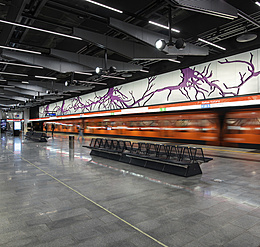The Shanghai Museum and ERCO lighting: A Legacy of Collaboration
The Shanghai Museum, established in 1952, stands as a premier institution dedicated to ancient Chinese art. Situated at No. 201 Ren Min Da Dao on People's Square, its collection encompasses nearly 1,020,000 items across 33 categories, including 140,000 nationally graded treasures. This comprehensive collection offers a profound insight into the breadth and depth of Chinese material culture.
The relationship between the Shanghai Museum and ERCO lighting spans over three decades, beginning with the use of ERCO's halogen lights. In recent years, the museum has utilized ERCO's LED luminaires for testing in temporary exhibitions, demonstrating a continued commitment to advanced lighting solutions.
Looking ahead, the Shanghai Museum will expand its presence across three sites: Shanghai Museum East, Shanghai Museum on People's Square, and Shanghai Museum North. Shanghai Museum East will house permanent displays of China's historical artifacts, while the other locations will focus on presenting special exhibitions highlighting diverse global cultures. ERCO lighting is now prominently featured in Shanghai Museum East.









